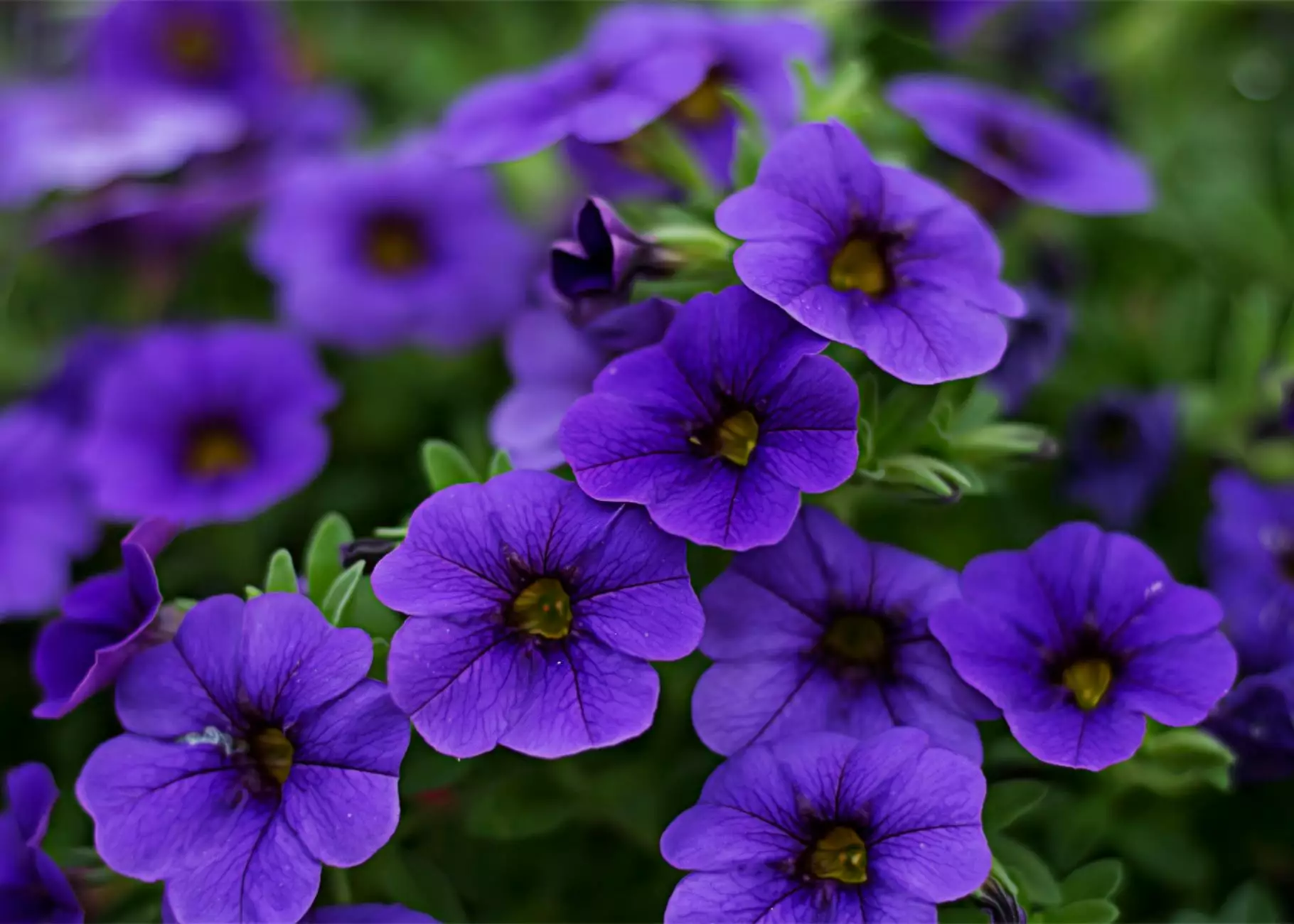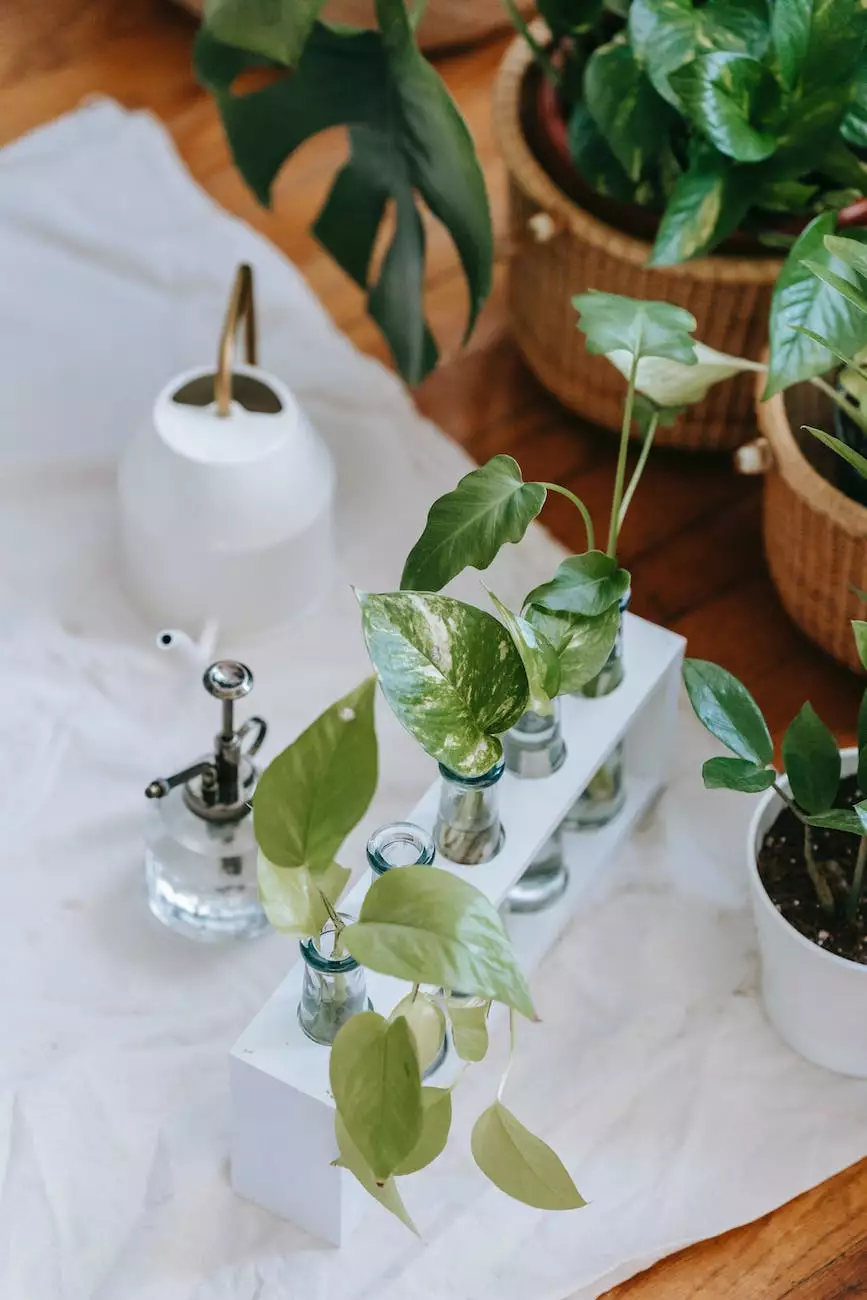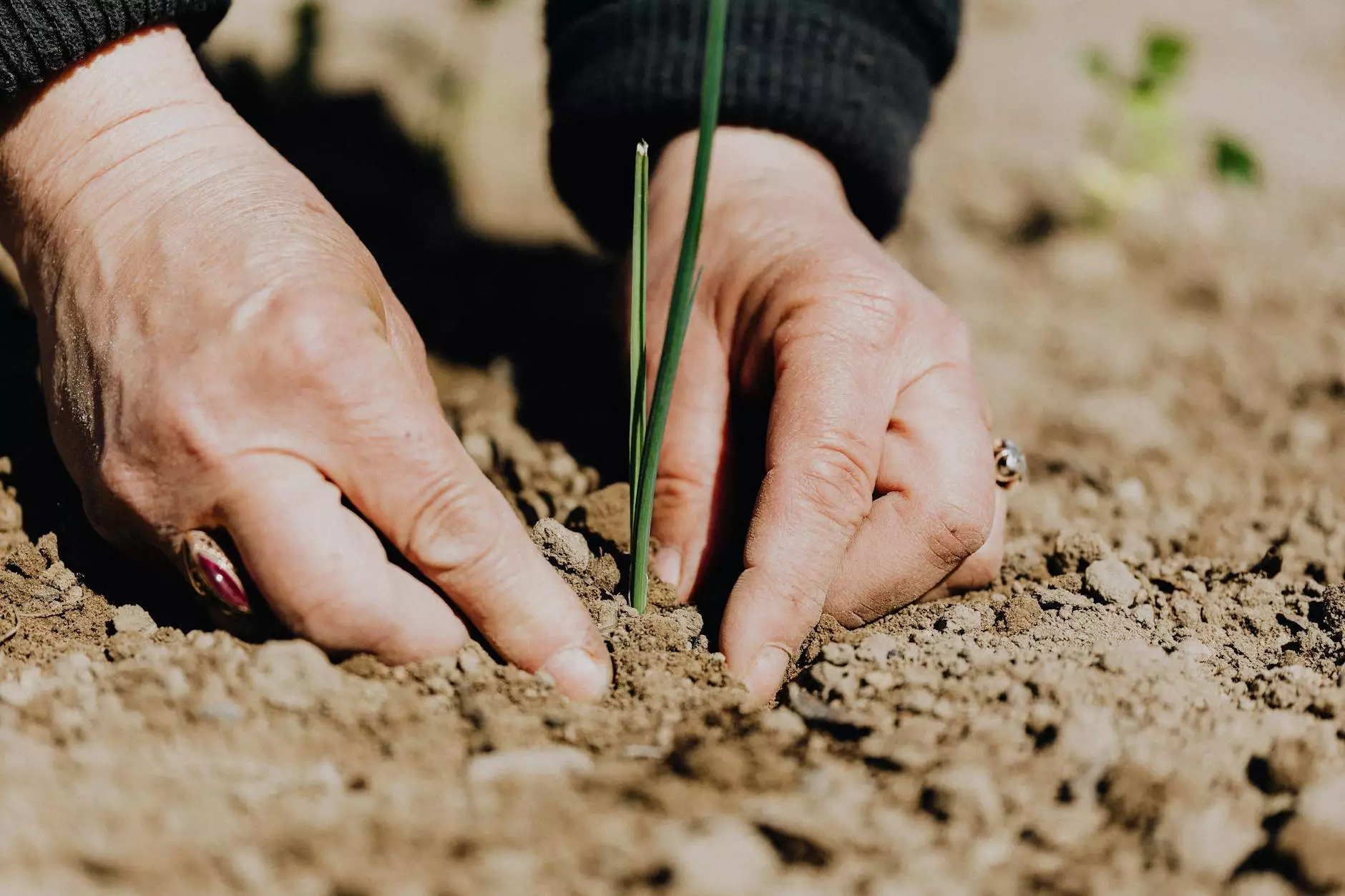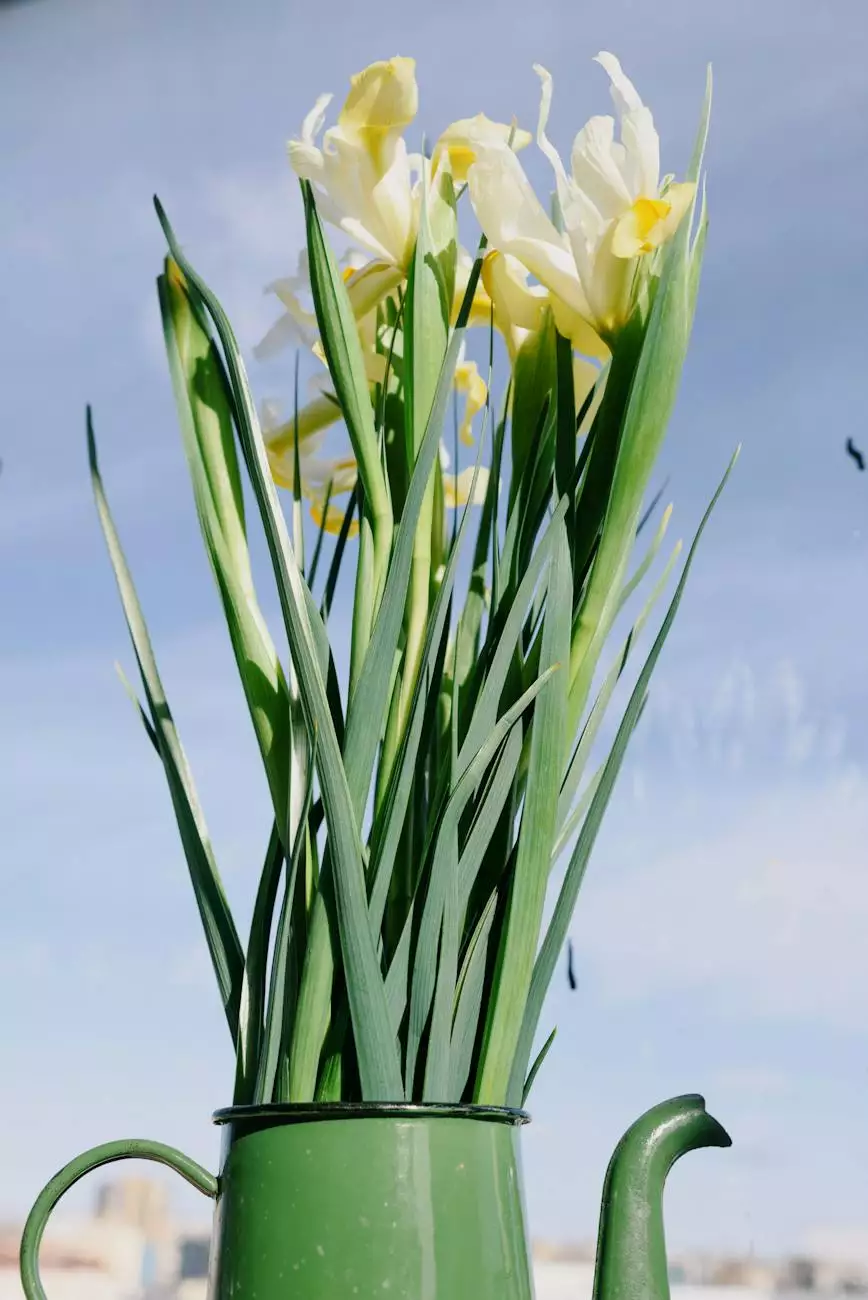Learn How to Care for Iris
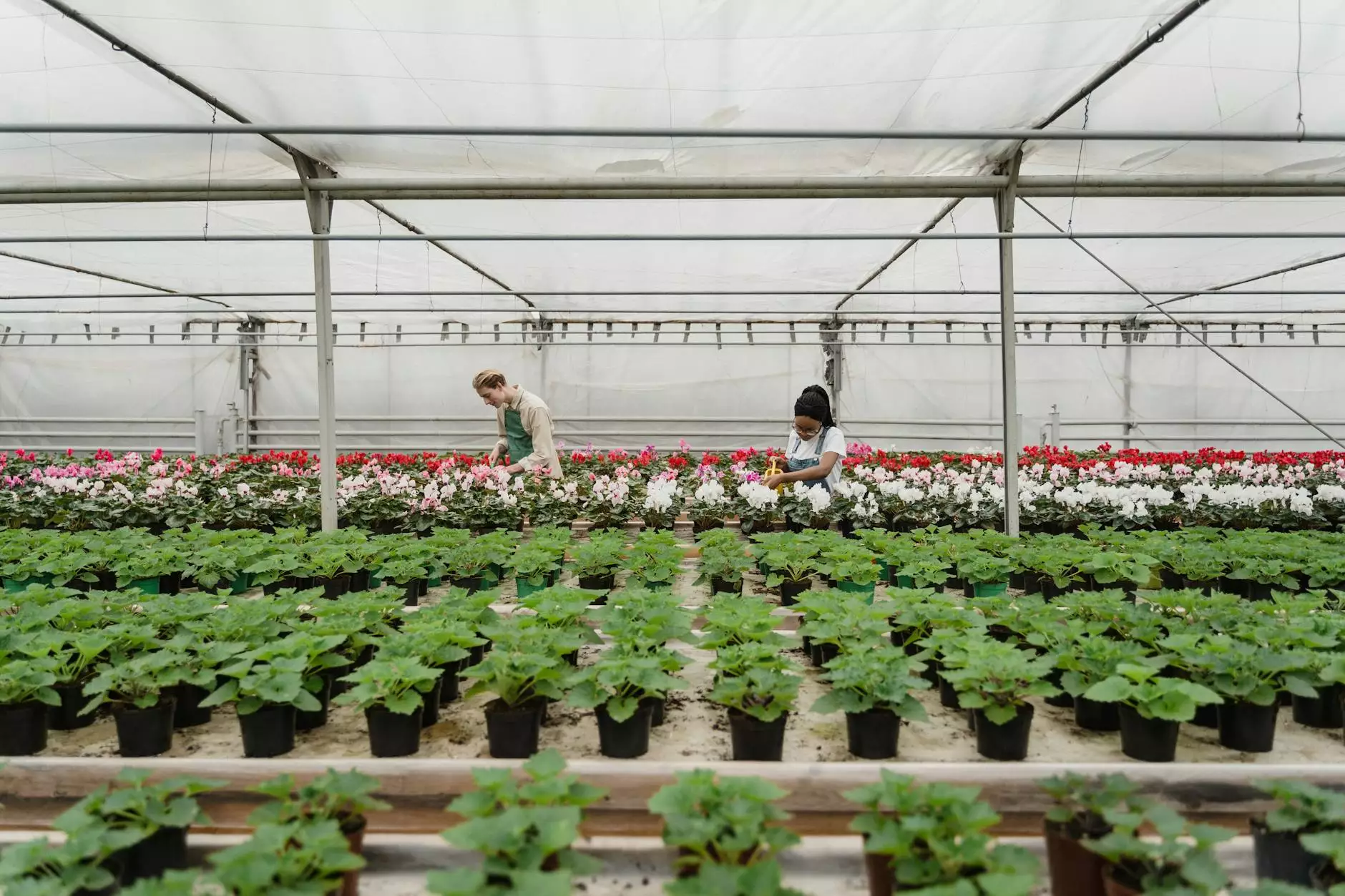
Introduction
Thank you for visiting La Venezia Art & Fashion, your trusted resource for all things iris-related. We understand the importance of maintaining the health and beauty of your iris plants, and we are here to provide you with comprehensive care advice. Whether you are a seasoned gardener or a beginner, our expert tips will help you ensure that your irises thrive and flourish for years to come.
The Beauty of Iris
Iris flowers are renowned for their stunning beauty and vibrant colors. These graceful perennials come in a wide range of hues, including shades of purple, blue, white, pink, and yellow. Their delicate petals and unique floral structure make them a favorite among garden enthusiasts and professional florists alike.
Planting and Location
When it comes to planting iris, selecting the right location is crucial. Iris plants thrive in areas that receive full sun or partial shade. Ensure that the soil is well-drained to prevent waterlogging, which can lead to root rot. It is recommended to plant irises in early to mid-summer, allowing their roots to establish before the colder months.
Prepare the soil by removing any weeds, rocks, or debris. Dig a hole deep enough to accommodate the rhizome and its roots, making sure the top of the rhizome is at ground level. Gently spread the roots out in the hole and cover with soil, firming it gently to eliminate air pockets.
Watering and Moisture
Iris plants require regular watering, especially during the growing season. However, it is essential not to overwater them, as excessive moisture can result in root and rhizome rot. Water your irises deeply once a week, ensuring the soil is evenly moistened but not waterlogged.
During periods of heavy rainfall, it is advisable to monitor the moisture levels and adjust your watering routine accordingly. A layer of organic mulch around the base of the plants can help regulate soil moisture and prevent weed growth.
Fertilization and Nutrients
Proper fertilization is essential for the health and vitality of iris plants. Before the growing season begins, apply a balanced, slow-release fertilizer to provide the necessary nutrients. A phosphorus-rich fertilizer can also promote abundant blooms.
Avoid over-fertilizing, as this can lead to excessive foliage growth at the expense of flower production. Follow the manufacturer's instructions for application rates and frequency, and always water the plants thoroughly after fertilization to prevent root burn.
Pruning and Deadheading
Regular pruning and deadheading are essential for maintaining the appearance and health of your iris plants. After the blooming season, remove any spent flower stems by cutting them back to the rhizome. This process, known as deadheading, encourages the plant to redirect its energy towards developing stronger roots and foliage.
In late fall or early winter, it is advisable to trim back the leaves to about 6 inches above the ground. This helps prevent disease and allows the plant to conserve energy during the dormant period. Remember to remove any dead or damaged leaves throughout the year to maintain a neat and tidy appearance.
Pest and Disease Control
While iris plants are generally resilient, they can be susceptible to certain pests and diseases. Keep a watchful eye for common problems such as iris borers, aphids, thrips, and fungal infections. Implementing regular inspections and maintaining good garden hygiene can help prevent and control these issues.
If you notice any signs of pest infestation or disease, it is best to take prompt action. Consult with a gardening professional or utilize appropriate organic or chemical treatments, following the instructions carefully to protect the health of your irises.
Winter Care
Winter care plays a crucial role in ensuring the well-being of your iris plants. Once the growing season has ended, it is important to prepare them for the cold weather. Cut back the foliage to about 6 inches above the ground and remove any debris or fallen leaves from the planting area.
To provide additional protection, consider mulching around the rhizomes with a layer of organic material, such as straw or shredded leaves. This helps insulate the roots and prevent frost damage. Remove the mulch in early spring to allow new shoots to emerge.
Conclusion
We hope that this comprehensive care guide has equipped you with the knowledge and confidence to care for your iris plants. La Venezia Art & Fashion is committed to helping you maintain the health and beauty of your irises, enabling you to enjoy their breathtaking blooms year after year.
Remember, with proper planting, watering, fertilization, and pruning, your irises will flourish, brightening your garden and bringing delight to all who see them. For any further assistance or guidance, feel free to explore our website or reach out to our dedicated team of experts. Happy gardening!


